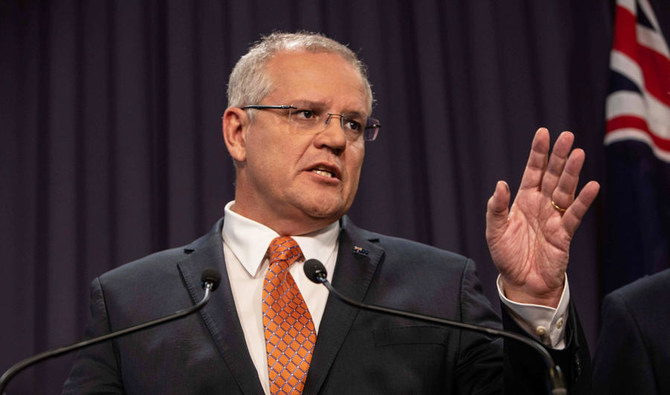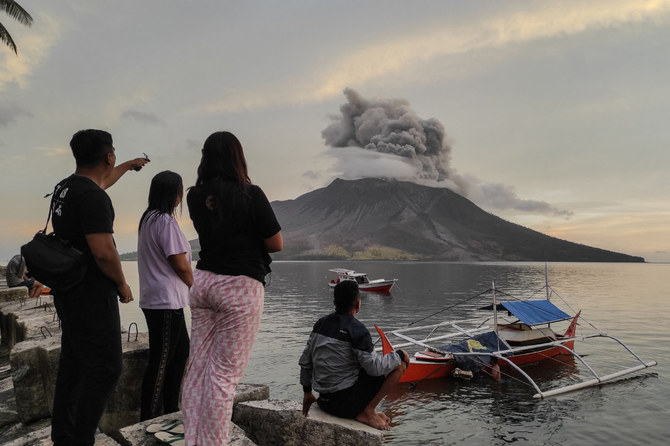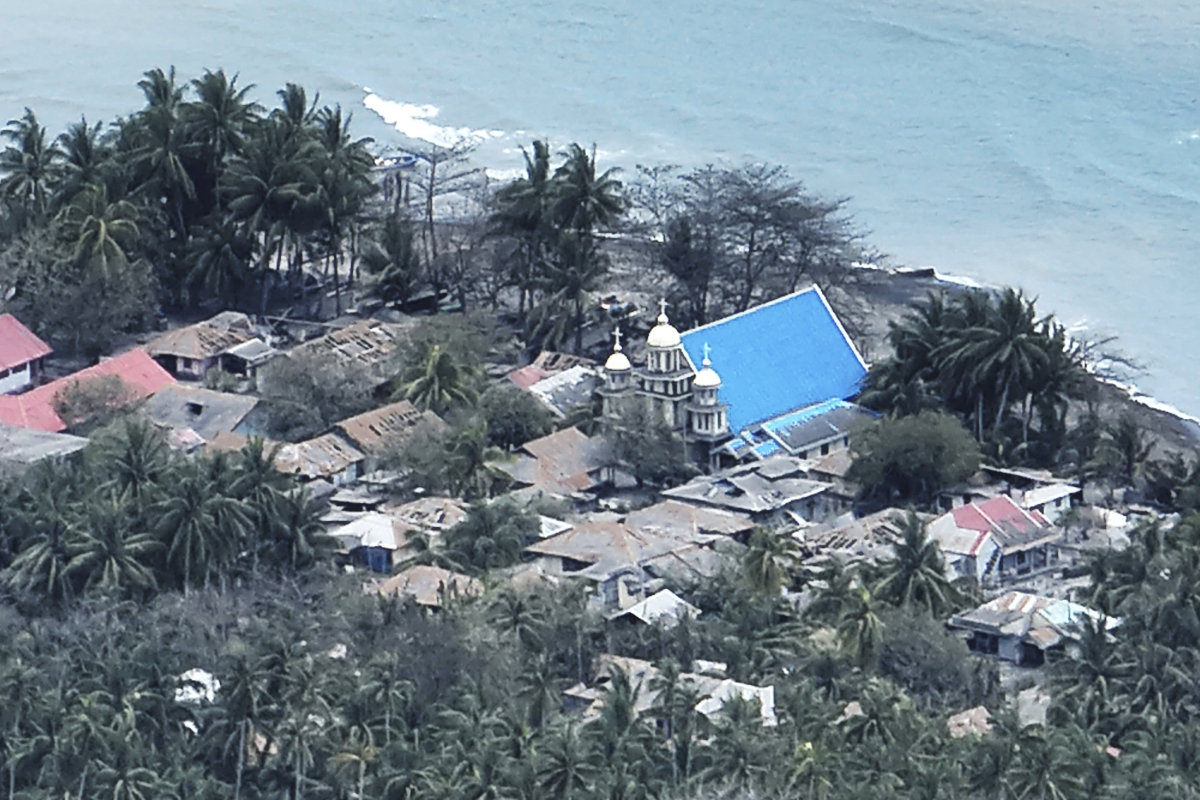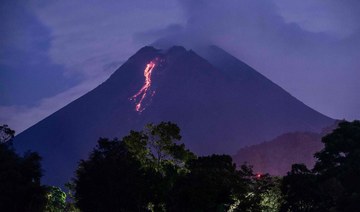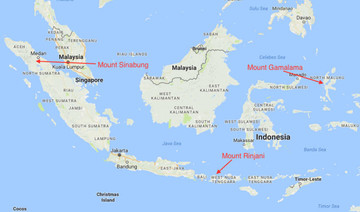SYDNEY: Australian Prime Minister Scott Morrison on Thursday welcomed some “moderation” in President Recep Tayyip Erdogan’s comments in the wake of the Christchurch massacre.
Trying to take the sting out of a diplomatic row that has threatened relations between Australia, New Zealand and Turkey, Morrison pointed to a recent Erdogan column in the Washington Post as progress.
“Overnight, progress has been made on this issue and overnight we’ve already seen a moderation of the president’s views,” Morrison said, citing the article in which Erdogan stepped away from direct criticism of New Zealand.
The Turkish leader — who is in full campaign mode ahead of local elections — still used the article to accuse Western countries of meeting Islamophobia with “silence.”
But Morrison took it as a diplomatic off-ramp nonetheless.
Morrison — who is also in full campaign mode, ahead of a general election — had on Wednesday pilloried Erdogan for his comments in the wake of the Christchurch massacre, describing them as “reckless” and “highly offensive.”
Erdogan has repeatedly used video footage of the massacre shot by the attacker who killed 50 people and painted the attack it as part of an assault on Turkey and Islam.
He had also warned that anti-Muslim Australians and New Zealanders would be “sent back in coffins” like their grandfathers at Gallipoli, a blood-drenched WWI battle.
His office on Wednesday said the remarks were taken out of context.
More than 8,000 Australians died fighting Turkish forces at Gallipoli, which has a prominent place in Australia’s collective memory.
Morrison had summoned the Turkish ambassador over the comments, dismissing the “excuses” offered and warning that relations were under review.
“I am expecting, and I have asked, for these comments to be clarified, to be withdrawn,” he said.
Rambling manifesto
The gunman’s so-called “manifesto” — a 70-plus page rambling question and answer — mentions Turkey and the minarets of Istanbul’s famed Hagia Sophia, now a museum, that was once a church before becoming a mosque during the Ottoman empire.
Three Turkish nationals were wounded in the rampage that killed 50 worshippers at the mosques in the southern New Zealand city.
“President #Erdogan’s words were unfortunately taken out of context,” Fahrettin Altun, communications director for the Turkish presidency, claimed on Twitter.
Altun said Erdogan’s comments were in “a historical context of attacks against Turkey, past and present.”
“Turks have always been the most welcoming & gracious hosts to their #Anzac visitors,” he added, referring to Australian and New Zealand veterans and families who are expected to travel there for the anniversary on April 25.
Erdogan has built his political base on being a champion of Muslim Turks. For most of the last century, the country’s government has been avowedly secular.
Like leaders in Iran and Russia, Erdogan has also played on a sense that Turkey — the inheritor of the once-mighty Ottoman Empire — has not been given enough respect on the international stage.
Erdogan had earlier been sharply rebuked by New Zealand for his comments and for using gruesome video shot by the Christchurch mosque gunman as an election campaign prop.
New Zealand’s Deputy Prime Minister Winston Peters protested on Monday that such politicization of the massacre “imperils the future and safety of the New Zealand people and our people abroad, and it’s totally unfair.”
New Zealand Prime Minister Jacinda Ardern has sent Peters to Istanbul to meet with Turkish leaders on the issue this week.
In the Washington Post article Erdogan praised Ardern’s “courage, leadership and sincerity” in handling the crisis.



